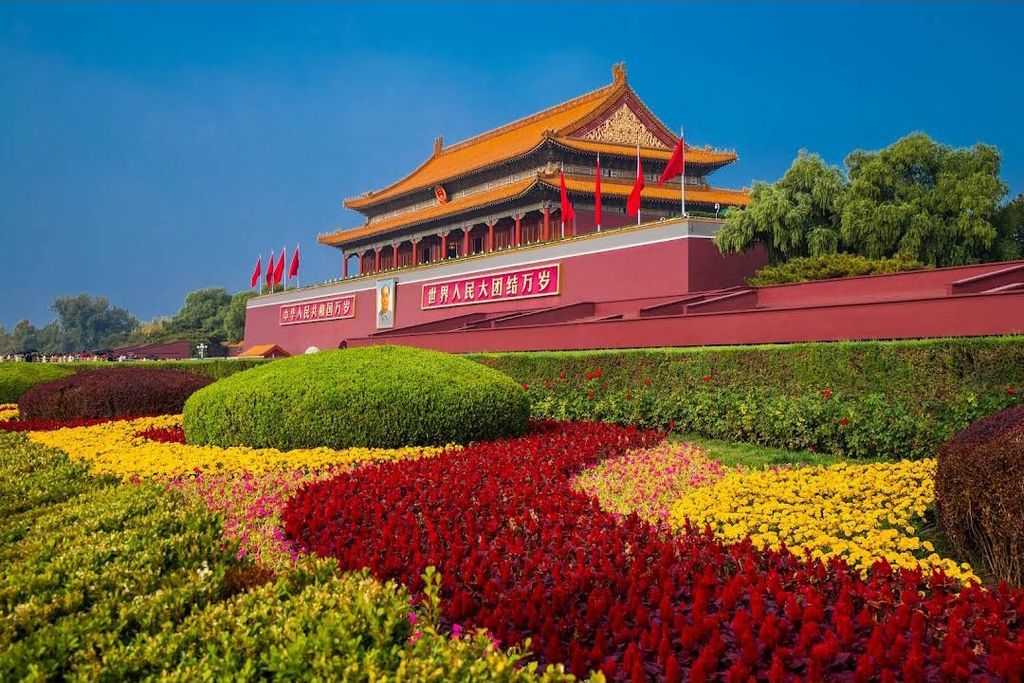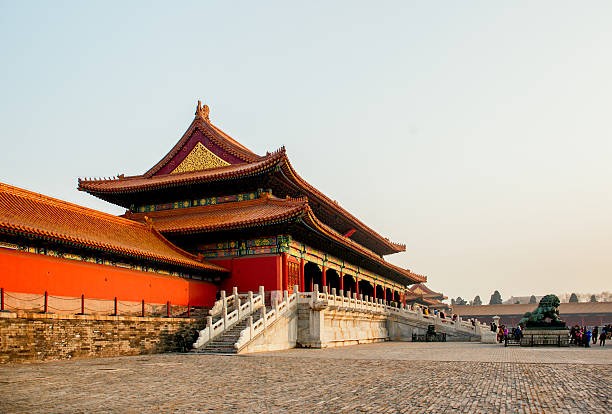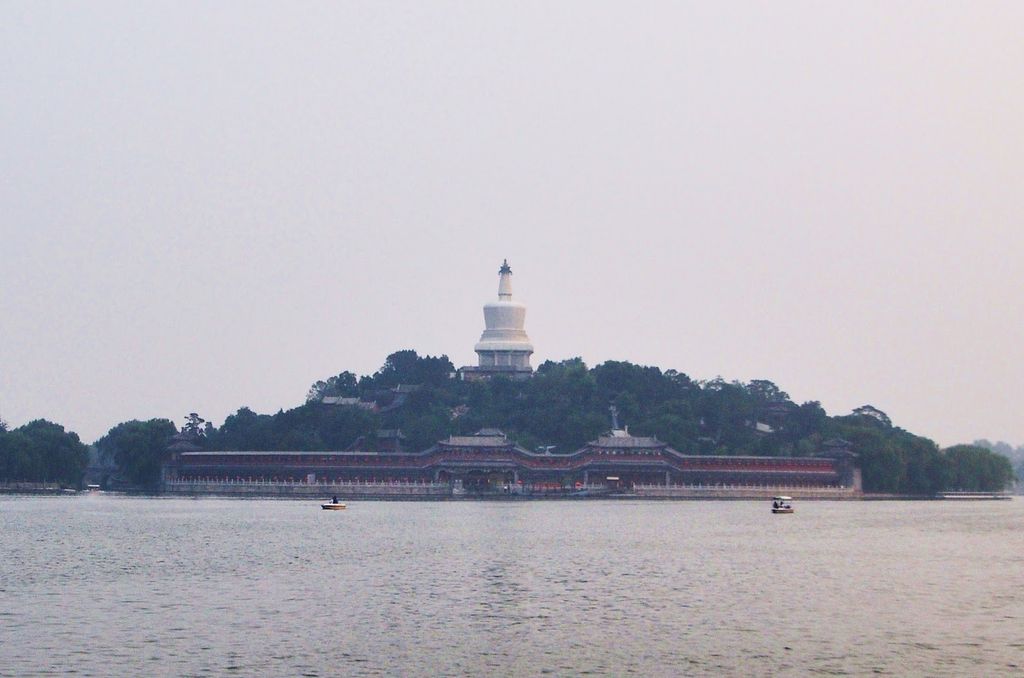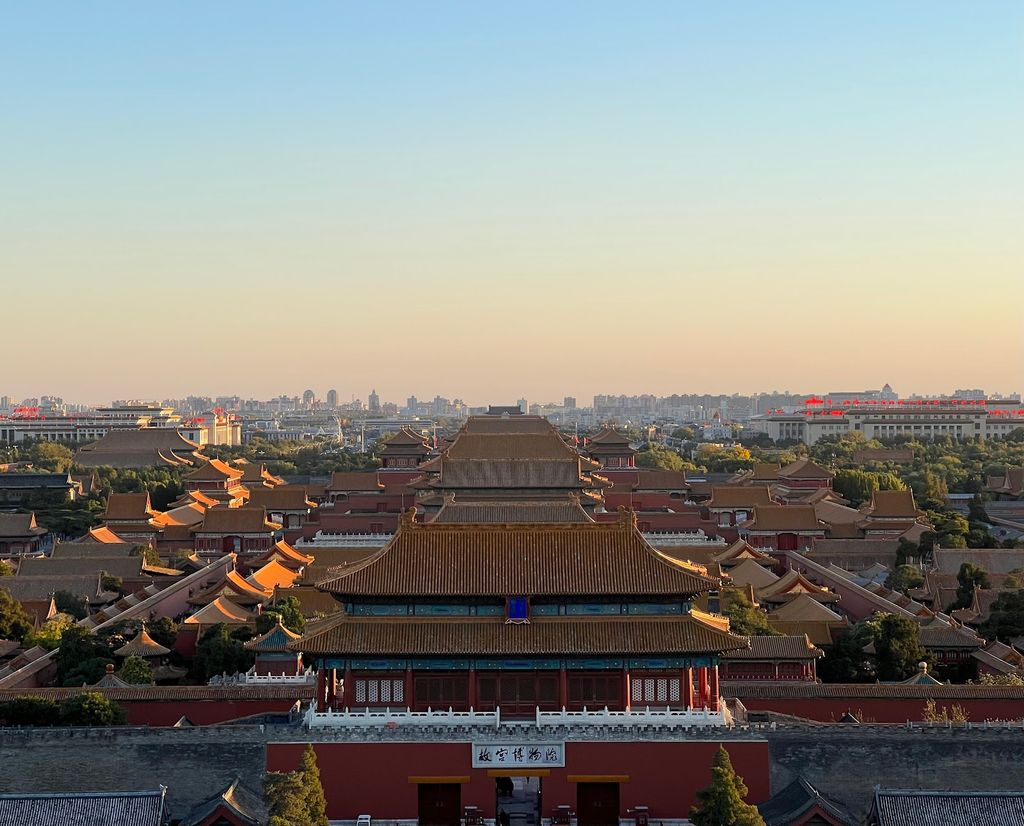Beijing's Historic Walk: Unveiling Treasures
Join our free walking tour through Beijing's rich history and architecture, exploring iconic landmarks and hidden gems that tell the story of a vibrant culture.
Time
3 Hours
Stops
4 Places
Distance
5.0 km
Tiananmen Square
Start your tour at Tiananmen Square, one of the largest public squares in the world and a symbol of modern China, where you can experience the grand scale of Chinese history and politics.

Tiananmen Square (Source: Google Maps)
Tiananmen Square, the world's largest public square, is a significant symbol of modern China. It has been the site of numerous historical events, including the May Fourth Movement and the Tiananmen protests in 1989. This expansive square is surrounded by important structures such as the Great Hall of the People and the National Museum of China. The square is also home to the Monument to the People's Heroes, which commemorates those who sacrificed their lives for the country's liberation. The architecture reflects a blend of traditional Chinese and Soviet influences, demonstrating the evolution of China's political landscape. Visitors to Tiananmen Square can experience a sense of the nation's history and unity, making it a must-visit site in Beijing.
Forbidden City
Just north of Tiananmen Square, explore the Forbidden City, the imperial palace for 24 emperors during the Ming and Qing dynasties, and a UNESCO World Heritage Site.

Forbidden City (Source: Google Maps)
The Forbidden City, a UNESCO World Heritage Site, served as the imperial palace for 24 emperors of the Ming and Qing dynasties, spanning nearly 500 years. This vast complex consists of over 980 buildings and is renowned for its stunning traditional Chinese architecture, characterized by intricate wooden structures, ornate roofs, and vibrant colors. The Forbidden City was not just a royal residence but also the political center of Chinese government. Its layout follows traditional Chinese cosmology, representing the relationship between heaven and earth. Today, it houses the Palace Museum, which contains a vast collection of artworks and artifacts, providing insight into China's imperial history and culture.
Beihai Park
Head west to Beihai Park, an ancient imperial garden featuring a stunning lake and the iconic White Dagoba, perfect for a leisurely stroll.

Beihai Park (Source: Google Maps)
Beihai Park is one of the oldest and best-preserved imperial gardens in China, dating back to the 11th century. This picturesque park features a large lake, beautiful pavilions, and the iconic White Dagoba, which stands as a symbol of Tibetan Buddhism. The park was originally created for the emperors of the Yuan dynasty, and it has served various purposes throughout history, including as a retreat for royal families. Visitors can enjoy leisurely strolls along the scenic pathways, take boat rides on the lake, or explore the ancient structures that dot the landscape. Beihai Park is not only a place of natural beauty but also a significant cultural heritage site that reflects the harmonious relationship between nature and architecture.
Jingshan Park
Walk to Jingshan Park, located directly north of the Forbidden City, offering a panoramic view of Beijing and a historical insight as it was an imperial garden.

Jingshan Park (Source: Google Maps)
Jingshan Park, located just north of the Forbidden City, is an imperial garden that offers stunning panoramic views of Beijing from its highest point. Originally part of the imperial palace grounds, it was created during the Ming dynasty and features a central hill made from the soil excavated during the construction of the Forbidden City. The park is home to several pavilions and ancient trees, creating a tranquil environment. Historically, Jingshan Park was a favorite retreat for emperors and their families, providing a serene escape from the bustling city. Today, it serves as a popular recreational area for locals and tourists alike, offering not only beautiful scenery but also a glimpse into the rich history of China's imperial past.

Your travels, your rules.
Create your own Free Walking Tours.
Set your preferences, distances and anything you want to do or see.
Completely free, no payment required.